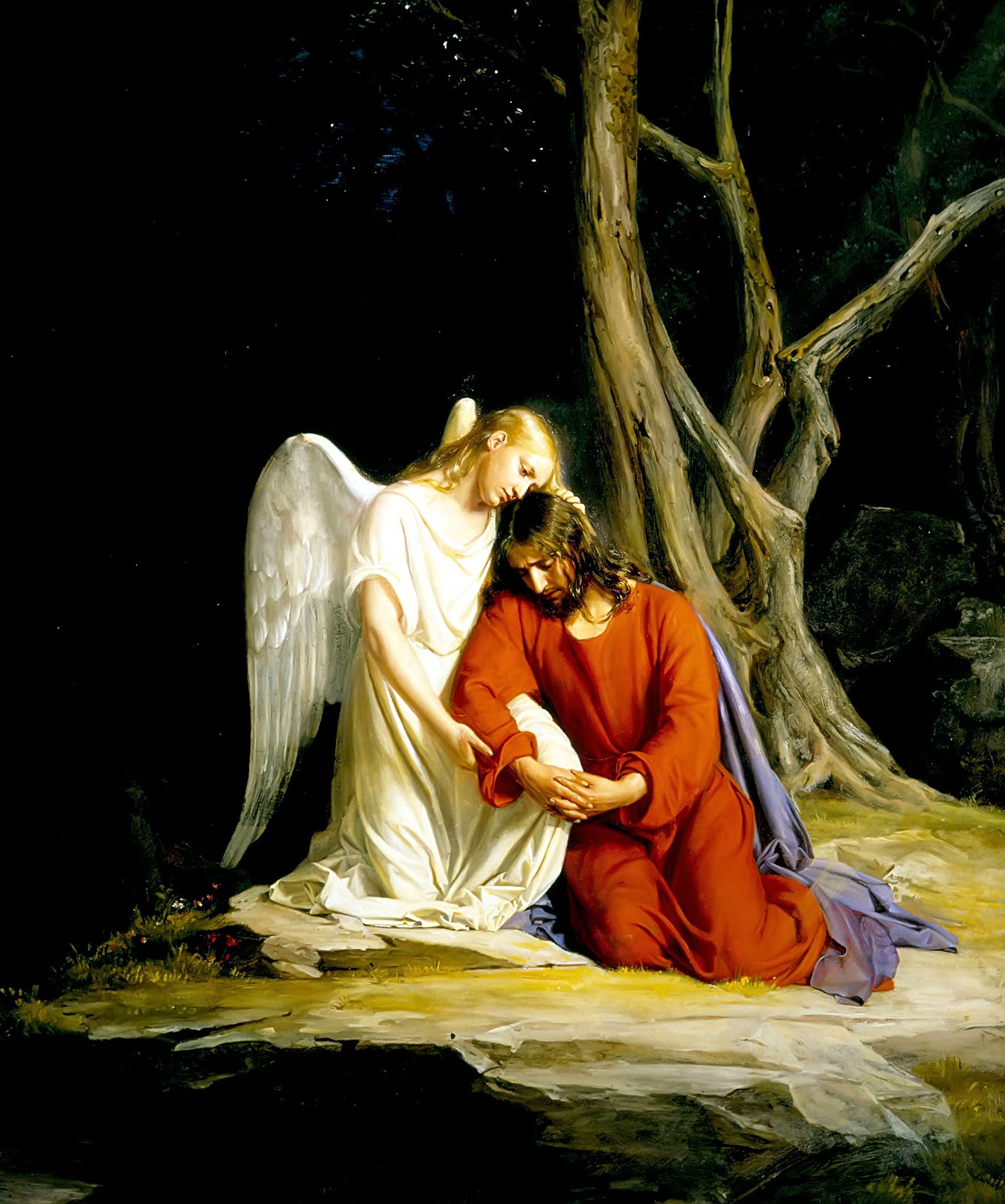Most people are familiar with the injunction of St. Paul in 1 Corinthians 11: 5,6, 13 for women to wear veils in church. It is interesting, however, to reflect upon other scriptural passages in which persons or things are covered out of reverence for God, beginning in the Old Testament. In ancient times, covering oneself, and especially hiding the face, was a sign of respect and obeisance. In Genesis 24:65
Rebecca covers herself at the approach of her bridegroom. In Exodus 34:33 Moses veils himself after beholding the glory of God. Exodus 36 describes in detail the curtains which were to veil the Holy of
Holies. What was sacred was generally veiled. When I was a child, the tabernacles of Catholic churches were always veiled.
In II Kings 15:30 King David ascended the Mount of Olives weeping for his sins, barefoot like one in mourning, with his head covered so that no one could see him. In III Kings 19:13 Elias covers his face with his mantle at the manifestation of the power of God. Isaiah (6:2) describes the
seraphim covering their faces with their wings before the Divine Majesty. Ezekiel 16:8 describes the spouse covering the bride with his garment.
The Navarre Bible footnotes present an interesting commentary on 1 Corinthians 11: 5-13. Women were to cover their heads as a sign that they have an important role in the Church, but one distinct from men. "Christian practice and profane custom show women's dress to be not unimportant.... Customs are a way of thinking. External comportment is important because it reflects people's inner dispositions." In our society, what is feminine is replaced by what is immodest and yet modesty and chastity are the greatest ornament of women. Head-coverings for women at Mass are part of an ancient tradition which the Apostle St. Paul insisted upon in the new dispensation as a continuation of a sacred sign of bridal holiness and reverence. All women are to be brides at the marriage supper of the Lamb.
There have been interesting discussions over the years on the topic of head-coverings for women in the
National Catholic Register. I believe that if women feel called to wear hats or veils in the house of God then they should do so, without human respect.
More
HERE.

























